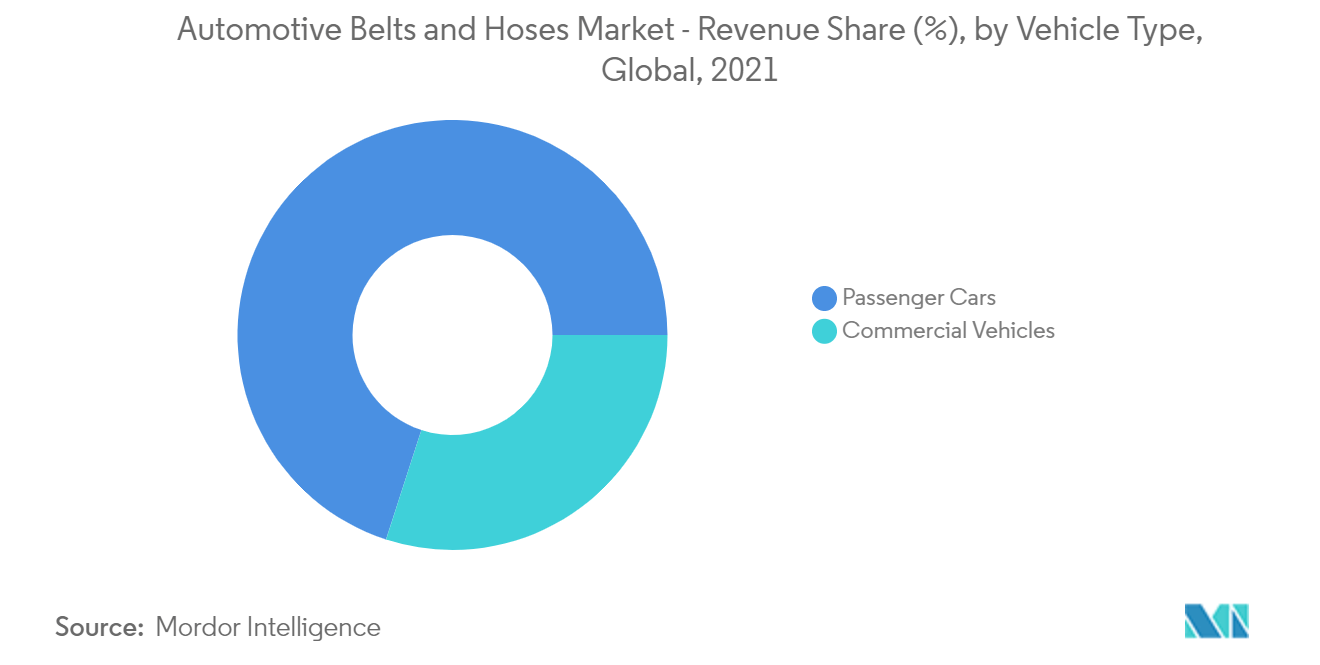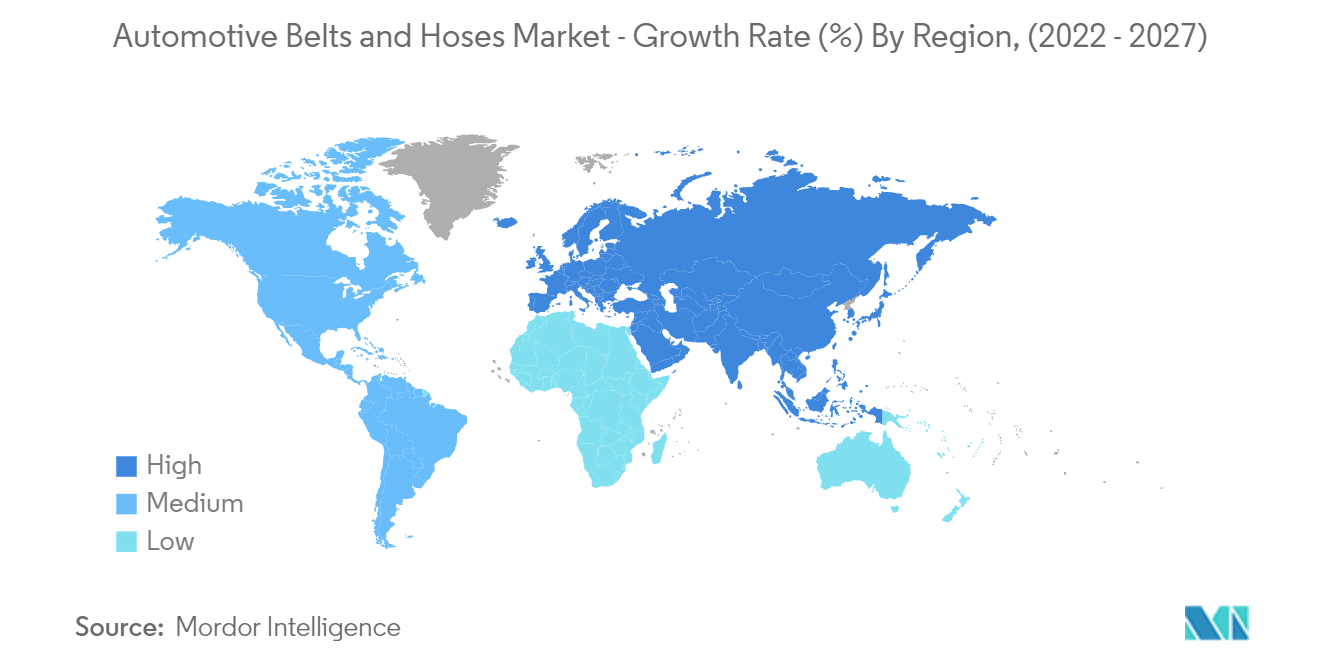Market Trends of Automotive Belts and Hoses Industry
This section covers the major market trends shaping the Automotive Belts & Hoses Market according to our research experts:
Rising Sales of Passenger Cars to Enhance Market Growth During Forecast Period
Owing to the increasing demand for fuel efficiency in vehicles, the adoption of turbochargers has increased significantly in the passenger car segment. Hoses are deployed around the turbocharger system to predominantly handle the temperatures of exhaust gases. These belts and hoses are installed in the engine assembly to perform the desired function and increase fuel efficiency. Despite challenges such as the impact of ongoing chip shortages, and the worsening inflationary crisis due to ongoing war the market for passenger cars rebounded by 2021.
With rising sales of the passenger car segment, demand for belts and hoses is expected to witness promising growth during the forecast period. In full-year 2021, global car sales were slightly stronger in most major regions of the world. China remained the largest and best-performing major single-country car market in the world with sales up 6.6% to more than 21 million vehicles. In India, car sales grew even faster at 27% but the overall vehicle market remained relatively small.
Considering the ongoing developments and factors, hose and belts manufacturers have started investing in the production of high-performance hoses and belts to capture the growing demand from the automotive market. For instance, In May 2021, Continental has announced the transfer of production lines from the induction systems factory in Nadab to the production location of heating / cooling rubber hoses in Carei. In addition, the operational transfer will be formed gradually till 2022 end. Such advancements in the market expected to have positive influence on the market during forecast period.

Asia-Pacific Region Expected to Grow Significantly During the Forecast Period
The growing automobile sector in Asia-Pacific, with India and China emerging as automotive part manufacturing hubs for the Western automobile giants, is expected to drive the market for belts and hoses in this region.
Additionally, with the growing sales of hybrid and electric vehicles in the region, the demand for high-performance and lightweight belts and hoses (primarily made of polymer) is likely to grow in line with the production of electric vehicles during the forecast period.
- China, which is the largest electric vehicle market in the world, has been backed up by generous support from the government. China has extended the incentives related to the purchase of new energy vehicles (NEVs) till 2022. In January 2020, Tesla Motors inaugurated a USD 2 billion facility in Shanghai that was assembling nearly 3000 cars per week in March 2020, when all the other global facilities of the electric vehicle giant were shut down due to the COVID-19 pandemic.
Considering the fact that demand is deeply dependent on the vehicles sales, and with government ongoing initiatives to propel electric vehicle demand in countries like India, China, South Korea, Japan are thus expected to create opportunity pockets for hose and belts adoption. For instance:
- In May 2022, Toyota Group revealed plans to invest INR 48 billion (USD 624 million) in India to manufacture electric vehicle components. In addition, government of India has undertaken multiple initiatives to promote the manufacturing and adoption of electric vehicles in India to reduce emissions pertaining to international conventions and develop e-mobility in the wake of rapid urbanization.
- By 2030, Japan wants next-generation vehicles to account for 50-70 percent of new vehicle sales, with battery electric vehicles (BEVs) and plug-in hybrid electric vehicles (PHEVs) accounting for 20-30 percent and hybrid electric vehicles (HEVs) accounting for 30-40 percent. To achieve that, in November 2021, The Japanese government earmarked a total of JPY 37.5 billion (EUR 290 million) for e-mobility
- The South Korean government intends to significantly expand the infrastructure for electric vehicles. By the end of this year, there should be more than 1,000 charging stations along highways.
Considering this ongoing government initiative to propel the electric vehicle demand, market for hose and belts is expected to witness highest growth rate during the forecast period.


